Follow me:

Date posted: December 29th 2016
Book Title: Washington - A Life (Part 2) (continued)
Enter the French
We just witnessed three major blows in the second half of 1777, the Battle of Brandywine, the Battle of Germantown, and the winter itself. It was a miserable time, but there were three events which brought the spirit up that winter—and saved the Continental Army from reducing to icicles of blood. The first one was the fact that Baron von Stuben joined the Continental Army, he was a Prussian general that did wonders as far as training and shaping the lines. The second event was the return of Lafayette1; this certainly made Wasington very happy. And the third event was that Benjamin Franklin, the emissary of the United States in France, managed to convince the French to join the war. This was HUGE! It was so impactful, that on the following summer the British decided to leave Philadelphia. Without force, they considered it prudent to retreat back towards their headquarters in New York to re-evaluate the situation now that France was in the equation.
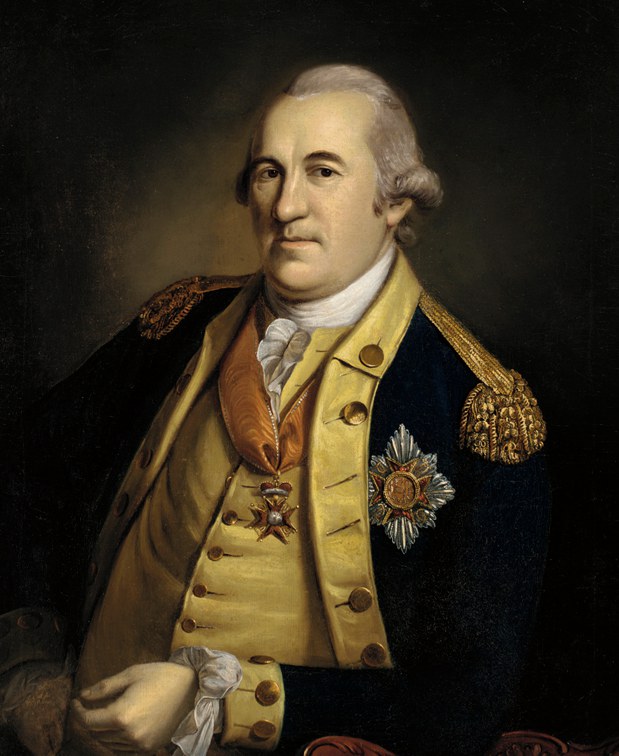
Baron von Stuben
Image under Public Domain via Wikimedia Commons
Washington didn’t waste a second, and sent six brigades to chase the British up New Jersey trying to make as much damage as possible before they reached New York. They managed to catch up to the British in Monmouth that June, and although the battle was pretty much a draw, Washington called it a “happy day”. Perhaps because that day he also got to show everyone how much of a coward General Lee was2.
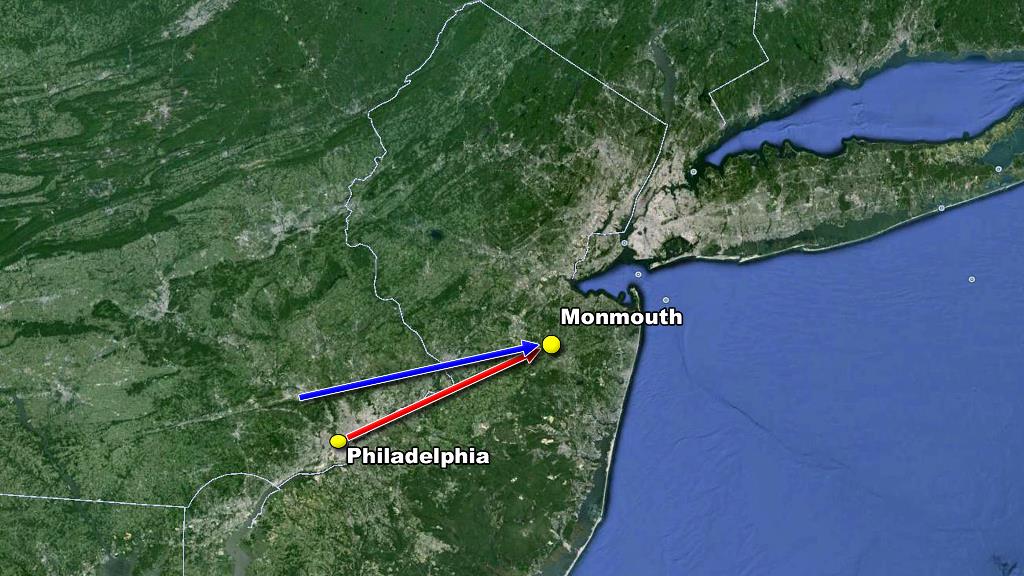
The British retreated to New York after the French announced their alliance. Washington didn’t waste time and chased them up New Jersey, catching up to them in Monmouth.
Map by Google Earth
The colonies soon realized that although the French were now allies, they weren’t really doing much. It was a full year of inactivity and boredom for Washington, the Rebel Spirit was mostly affected (negatively) by battles in the South, like the British taking Savannah, Georgia in December 1778, and of course the usual drop in the winter. John Adams summed up the alliance perfectly by saying that the French foreign minister kept “his hand under our chin to prevent us from drowning, but not to lift our heads out of the water”.
Stony Point and West Point
There was a little bit of excitement amid all this inactivity when the the Continental Army took control of Stony Point in July of 1779. Stony Point was a British encampment on the Hudson River, and was of great interest to Washington because gaining control of it allowed him to restrict the British movements in the North. It was taken by general Anthony Wayne, a.k.a. “Mad Anthony”—and yes he was a little mad.
You may need to enable the “unsafe” scripts that your browser is blocking to see the zoomable image below
Several new events added. After the French alliance there was a period of relative boredom for Washington in the North. The boredom was interrupted by the Capture of Stony Point by Mad Anthony.
Image under Creative Commons Attribution-ShareAlike 4.0 International license via www.chasanabria.com
Mad Anthony was very courageous in battle, almost bloodthirsty. I love Thomas Jefferson’s description of him, he said that Mad Anthony “would run his head against a wall where success was both impossible and useless”. When Washington asked Mad Anthony to attack Stony Point he said “I’ll storm hell, sir, if you’ll make the plans!” to which Washington eloquently replied “why not just try Stony Point first General”. He was quite the character.
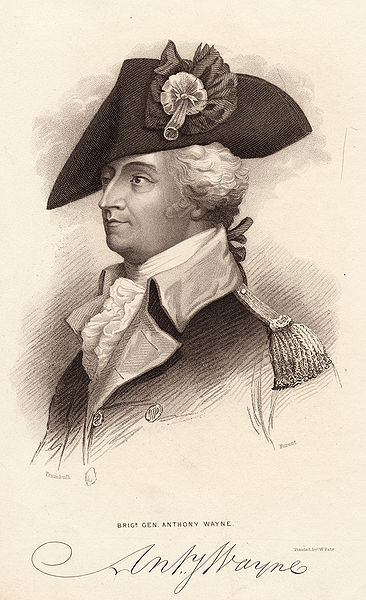
“Mad” Anthony Wayne
Image under Public Domain via Wikimedia Commons
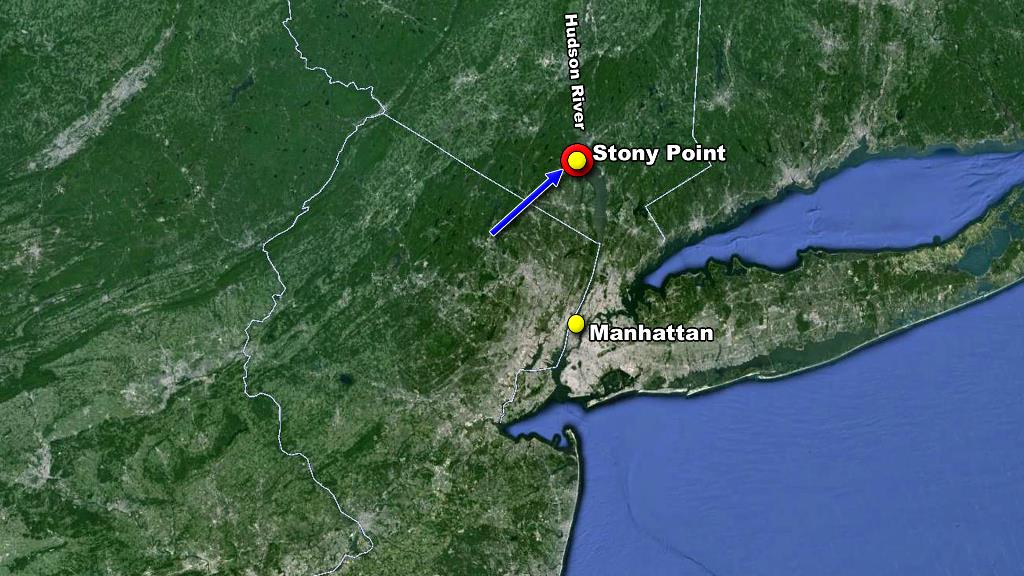
Capture of Stony point by Mad Anthony.
Map by Google Earth
However good Mad Anthony’s win was, it wasn’t enough. The inactivity made the winters more dreadful, and the morale of the troops continued to decline. To make matters worse, Charleston (SC) fell into enemy’s hands in May of 1780 along with 2500 Continental Soldiers, 343 artillery pieces, and almost 6,000 muskets. Eventually the British took control over Georgia, South Carolina and North Carolina….Shit…
You may need to enable the “unsafe” scripts that your browser is blocking to see the zoomable image below
One winter and two terrible losses added to the chart.
Image under Creative Commons Attribution-ShareAlike 4.0 International license via www.chasanabria.com
With this, we are heading to the “Mutiny” region of my chart, but before the mutiny came something different, the betrayal of Benedict Arnold...

Benedict Arnold
Image under Public Domain via Wikimedia Commons
Arnold was a pretty good General actually, he had helped Washington tremendously, and Washington admired him greatly because of his courage in battle and his “I don't give a fuck” attitude. He was almost like Mad Anthony but he wasn’t as crazy—and apparently not as loyal either. Arnold had been spying for the British for quite a while now, and since he was in charge of West Point (another fort on the Hudson River but a little upstream from Stony Point), he negotiated handing the fort over to the British without a fight.
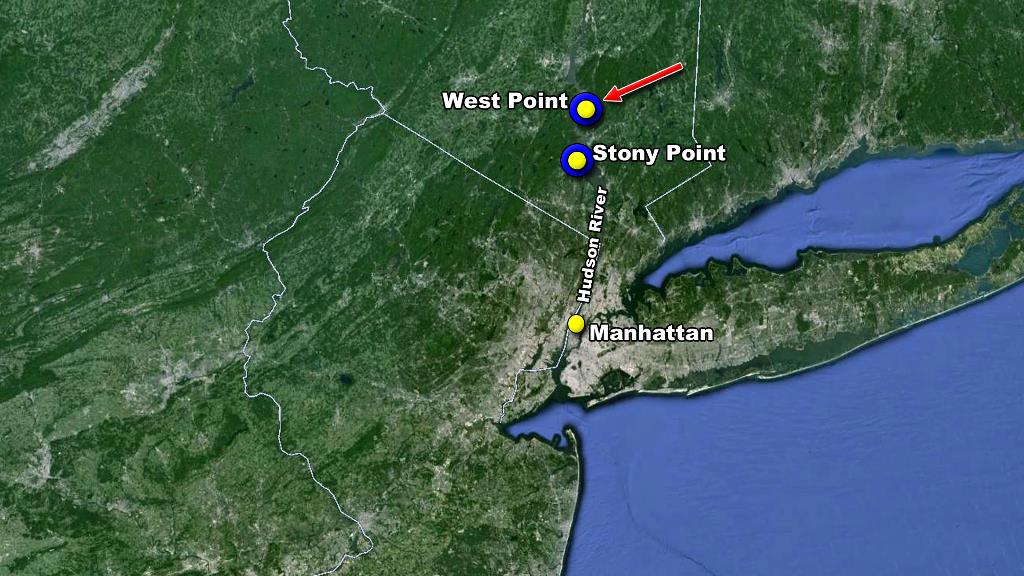
The location of West Point, a fort that Benedict Arnold was about to hand over to the British.
Map by Google Earth
Washington, Lafayette, and Hamilton—The Trifecta of the Revolution3—happened to drop by West Point one day (kind of randomly). And when they got there, they found the place almost completely stripped down of its defences. They went to Arnold’s house to ask him what the hell was going on, but he wasn’t there. His wife was there though, and she staged a whole mental breakdown scene—almost schizophrenic—but straight up childish once they found out what the deal was, she trying to buy Arnold some time.
It was that same day, or maybe the night before, that a British spy to which Arnold had leaked information to, got intercepted by a random Lieutenant Colonel. And since Washington just happened to be around, the Lieutenant Colonel decided to hand the (sealed) documents to Washington instead of Arnold. Once they opened them and read them, they obviously started freaking out about this. Not only because Arnold had betrayed them, but because they were sitting ducks at that point. If the British had received word that the Trifecta of the Revolution was there, they could have easily gotten kidnapped! Fortunately, nothing major happened—but Arnold did escape to the British camp and changed his uniform forever. For the rest of the war, Washington was itching to kidnap and torture the shit out of him—but he never did.
Mutiny!
Another winter rolled by… and again, another constant struggle to feed, clothe, and keep the soldiers alive. The combination of poor rebel spirit and freezing temperatures spawned Washington’s biggest fear: Mutiny! Thirteen thousand troops in Pennsylvania decided they had had enough of this shit, and killed a couple of officers. Fortunately for Washington, Mad Anthony was on the case4, and it didn’t take long for him to capture a bunch of people, and without questions lined them up in front of a firing squad.
It was quite bloody. One of the mutineers survived the firing squad, and was bleeding and crying on the ground. When Mad Anthony saw this, he told one of soldiers in the firing squad to finish the job with his bayonet. The soldier refused, saying he couldn’t do that to his comrade, so Mad Anthony took his pistol and put it to the temple of the young man, threatening to kill him if he didn’t finish the job. So he did5. That afternoon Mad Anthony happily reported to Washington that “a liberal dose of gunpowder had done the trick”.
You may need to enable the “unsafe” scripts that your browser is blocking to see the zoomable image below
Three events and one winter added. Mad Anthony to the rescue!
Image under Creative Commons Attribution-ShareAlike 4.0 International license via www.chasanabria.com
Southern victories
A lot of action happened in the South during this period of low Rebel Spirit. The Battle of Cowpens in February and the Battle of Guilford Courthouse in March, were significant events that helped the Rebel Spirit move out of the danger zone. It was General Greene who was bashing and pounding Brits down there. If you recall, Greene’s reputation got a little hurt after making the call to fight at Ft. Washington back in New York, but he rebuilt his image by almost single‑handedly reclaiming the South.
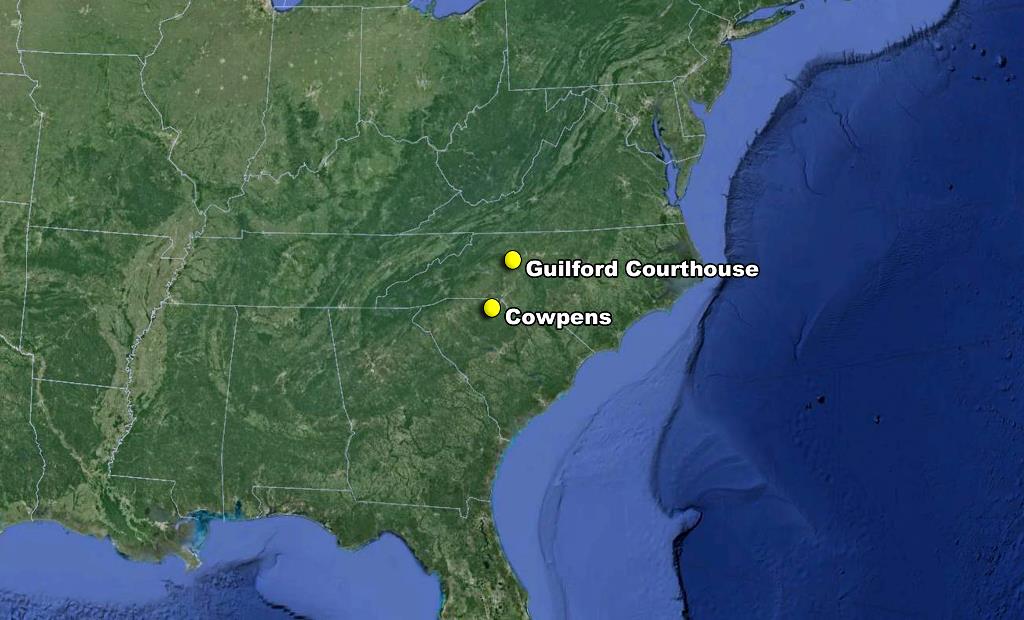
Two important victories in the South by General Greene.
Map by Google Earth
These southern victories were substantial, but it was the Yorktown battle (up in Virginia) that represented the biggest victory, and signified the point of no return for an American Victory.
Click on the Next button to find out the grand finale of the American Revolution (Yorktown)
You may need to enable the “unsafe” scripts that your browser is blocking to see the zoomable image below
Three victories added including Yorktown (which we will talk about in the next page), this was the battle that changed everything.
Image under Creative Commons Attribution-ShareAlike 4.0 International license via www.chasanabria.com
